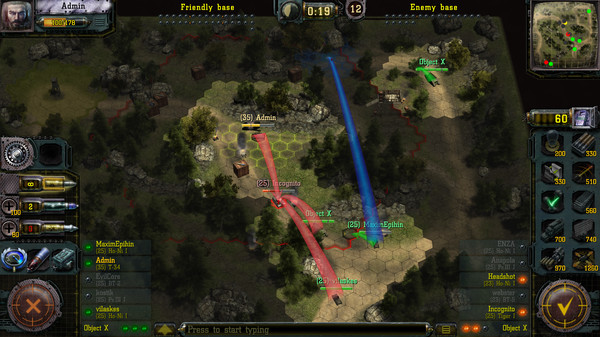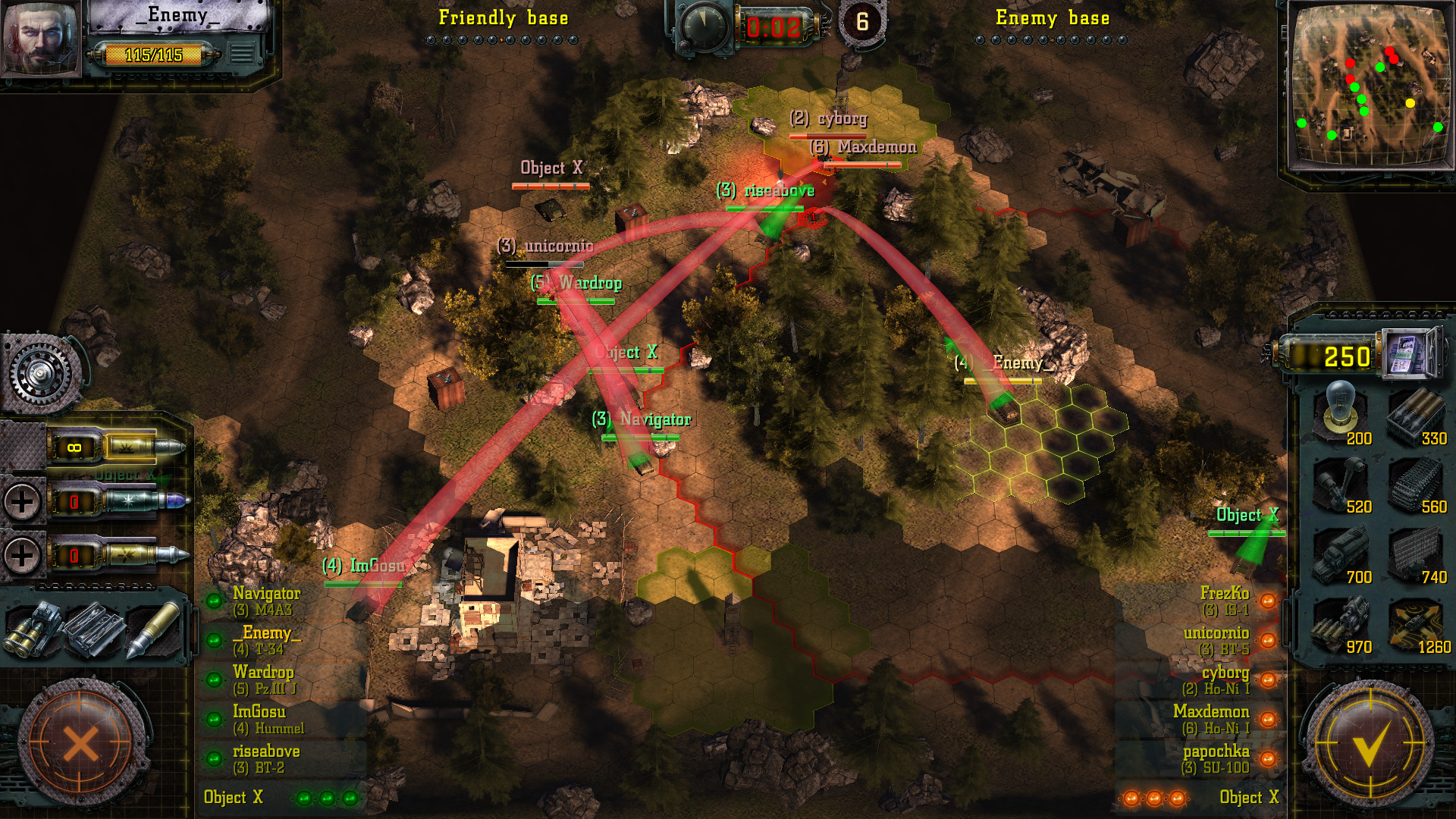

Instead of returning TRUE or FALSE, the formula above will return "Yes" if substring is found and "No" if not. To return a custom result with the SEARCH function, use the IF function like this: =IF(ISNUMBER(FIND(substring,A1)), "Yes", "No") The FIND function does not support wildcards. To start searching at character 5, enter 4 for start_num: =FIND("x","20 x 30 x 50",5) // returns 9 To find the first match of "the" in any combination of upper or lowercase, you can omit start_num, which defaults to 1: =FIND("x","20 x 30 x 50") // returns 4 The FIND function has an optional argument called start_num, that controls where FIND should begin looking for a substring. If FIND doesn't locate the substring, it returns an error, and ISNUMBER returns FALSE. =ISNUMBER(FIND("z","apple")) // returns FALSE If FIND locates the substring, it returns the position as a number, and ISNUMBER returns TRUE: =ISNUMBER(FIND("p","apple")) // returns TRUE ISNUMBER returns TRUE for numeric values and FALSE for anything else. To force a TRUE or FALSE result, nest the FIND function inside the ISNUMBER function. =FIND("A","Apple") // returns 1 TRUE or FALSE result The FIND function always case-sensitive: =FIND("a","Apple") // returns #VALUE! Note that text values entered directly into FIND must be enclosed in double-quotes ("").


For example: =FIND("p","apple") // returns 2 If the substring is not found, FIND returns a #VALUE error. When FIND locates the substring, it returns a position of the substring in the text as a number. The FIND function is designed to look inside a text string for a specific substring. Use the SEARCH function to find the position of text without case-sensitivity and with wildcard support. Also note, when find_text is empty, FIND returns 1. FIND does not support wildcards, and is always case-sensitive. When the text is not found, FIND returns a #VALUE error. If there is more than one occurrence of the search string, FIND returns the position of the first occurrence. The FIND function returns the position (as a number) of one text string inside another.


 0 kommentar(er)
0 kommentar(er)
